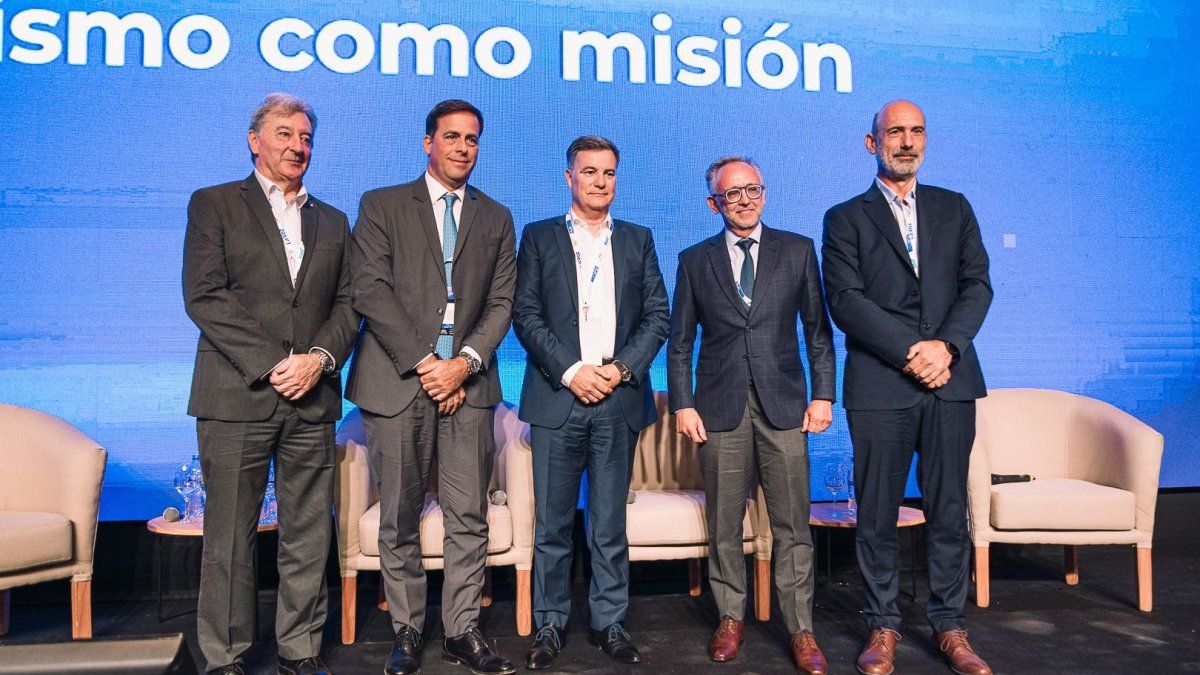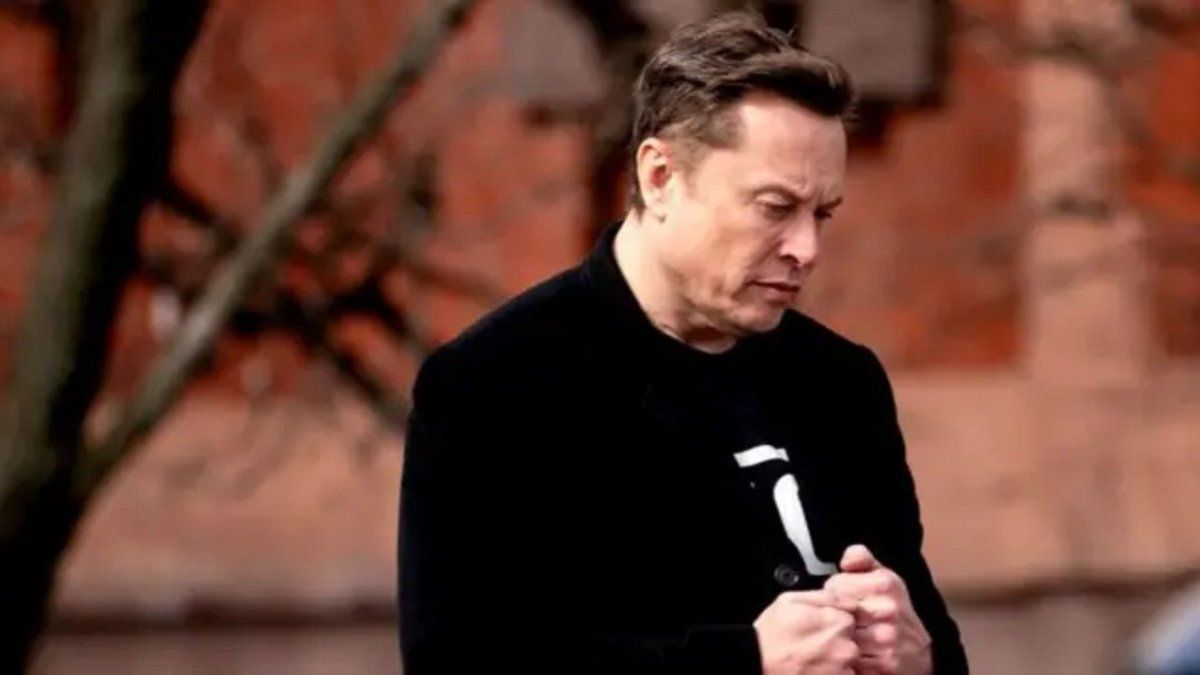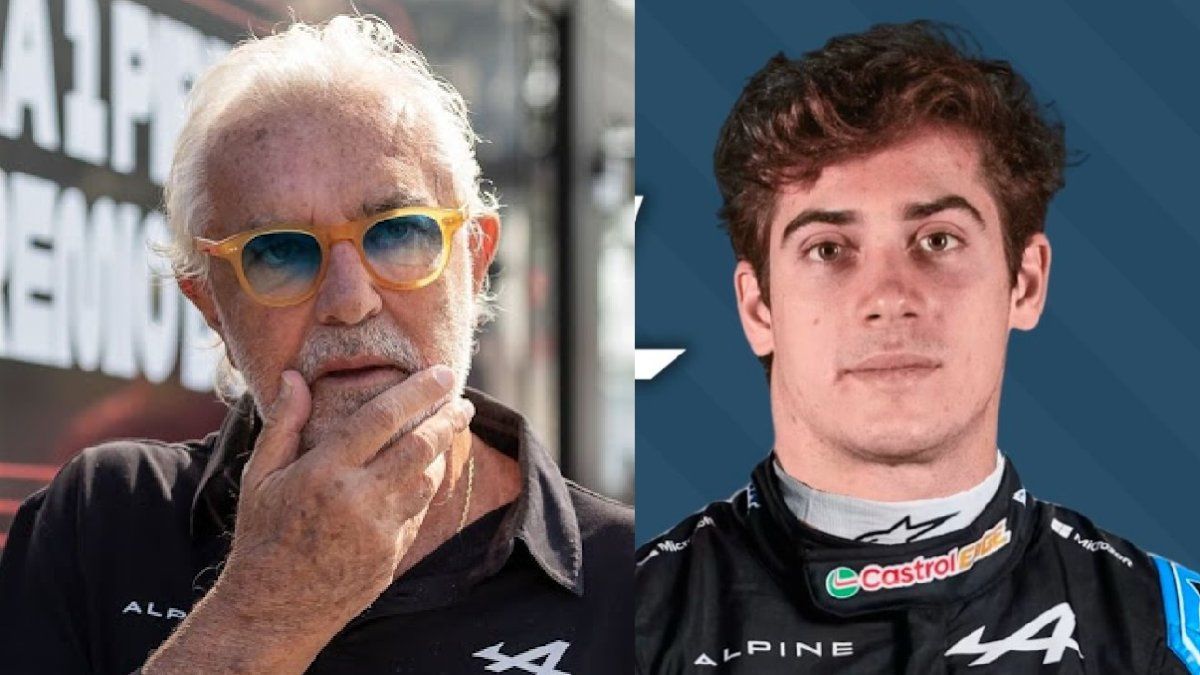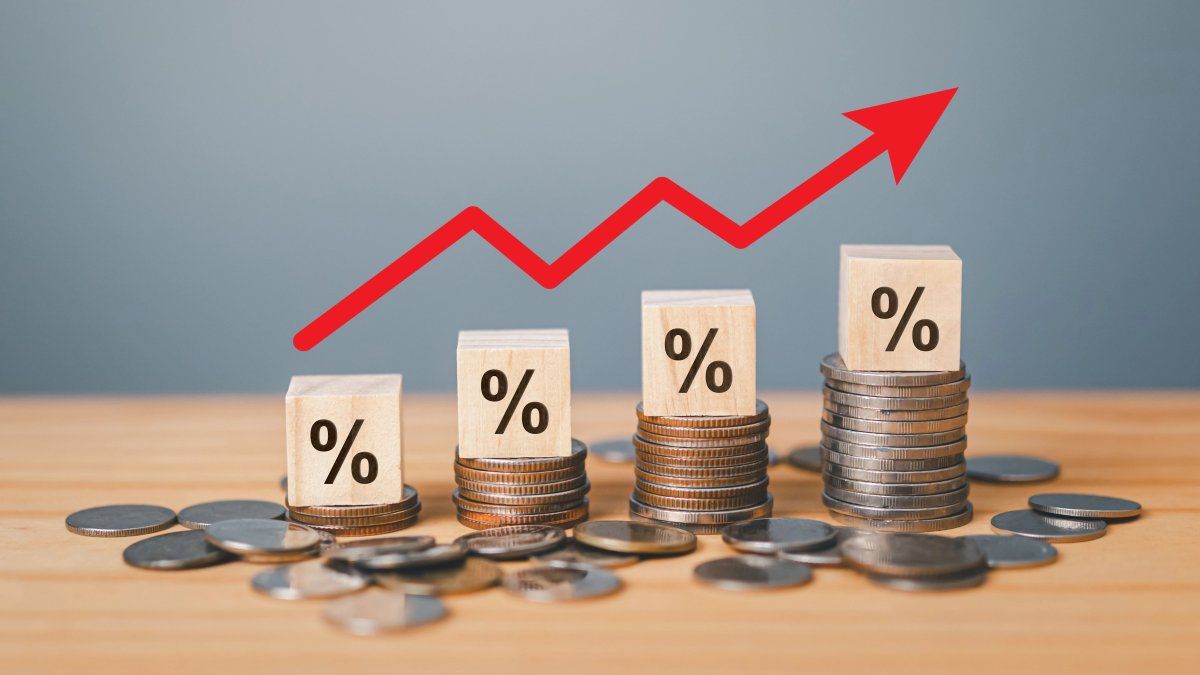CEOs of automotive were part of the FIAC, with claims in various areas of the sector
One of the most repeated points was the need to move towards a tax reform that relieves pressure on production and fosters long -term investment. In that sense, Daniel Blacksmith President of Prestige Auto and representative of Mercedes-Benz, said: “We have to Ask for macroeconomic predictability, infrastructure, a tax reform that makes us competitiveand it is our obligation to lead the innovation of the automotive industry, invest for professional training of new jobs that we are going to have, invest to develop our suppliers, adapt to what comes from the automotive industry. ”
In addition, there was consensus around the urgency of improving road and port infrastructure, especially to enhance exports to bordering countries and other markets in Latin America. In that sense, Pablo SibillaCEO of Renault Argentina, remarked that the current conditions of the logistics system have a Direct impact on the total cost of vehiclesand warned that it is a critical area to facilitate both production and foreign trade.
FIAC –
In its first edition, the FIAC brought together the main CEOs of the sector, who were received by the governor of Córdoba, Martín Llaryora.
In addition to external factors that affect competitiveness, Ricardo CardozoIveco Group CEO, raised the need for automotive companies themselves to review their internal processes. He stressed that there are “ant costs” that, although invisible immediately, generate inefficiencies that accumulate. In that sense, he called Optimize operations, advance automation and incorporate technology as part of a comprehensive strategy to reduce costs and gain productivity.
At the international level, Herrero warned about the growing technological and productive advantage of China in the automotive sector. He pointed out that the Asian country not only leads in production and consumption of vehicles, but also in key components of the future of the future, such as Batteries, screens, artificial intelligence and connectivity. In his opinion, close that “GAP” technological and productive will be fundamental so that the regional industry can compete sustainably in the coming years.
Martín Zuppipresident of Stellantis and Adefa, analyzed the recent behavior of the market and described it as a normalization process rather than a boom. He pointed out that the projection by 2025 indicates a volume close to the 600,000 patented cars, which would locate Argentina at consumption levels plus chords with its potential, well above the 350,000 or 400,000 vehicles registered in previous years. According to the Executive, this growth was mainly driven by the return of credit in more accessible conditions. “The credit returned in a much more friendly way, with market rates. We came from levels above 100% and today we are in another reality”he said.
Zuppi added that the availability of financing and improvement in economic expectations are key to sustaining this rebound. “When someone takes a loan to buy a car, he does it because he thinks he will be able to pay the fee. That talks about positive expectations”, He said. He also remarked that export will continue to be an essential pillar to guarantee the long -term functioning of factories based in the country.
For its part, Marcellus Puigpresident of Volkswagen Argentina, focused on the need for a coordinated and predictable industrial policy. According to the Executive, Argentine plants compete for investments within a global map that includes countries such as Brazil, Mexico or India, so it is key to offer attractive conditions, normative stability and sustained incentives if you want to capture new productive projects.
Mobility and sustainability
Sustainable mobility was one of the central themes of the debate, with a clear consensus about the need to advance electrification, especially for urban and last mile transport. Sibilla stressed that “Electric mobility in urban transport should be electric”pointing out that cities like Córdoba already have electric buses that demonstrate the viability of this transition.
However, he stressed that “The infrastructure to feed the units is a challenge” Key to expand its adoption. In addition, he acknowledged that the Argentine market is still at an initial stage, with 1% of electric vehicles, well below European countries where it reaches 15%.
CEOS 2
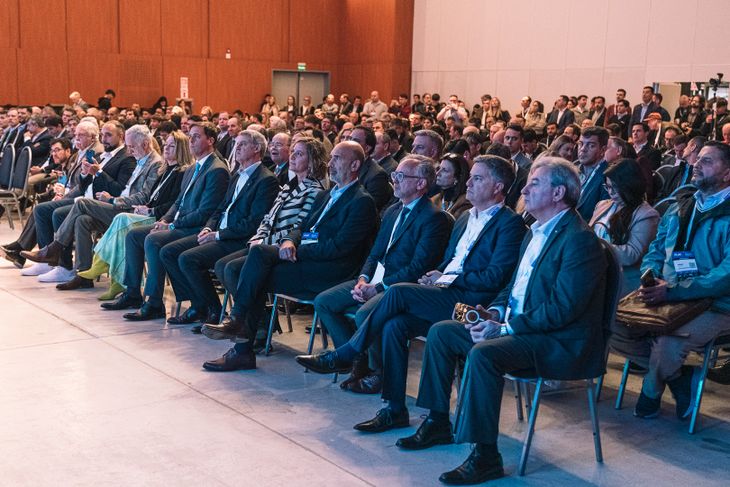
“We all compete, but we all want the same thing: a strong, modern and exporting automotive industry,” they said.
Executives agreed that The future will be “multienergetic”combining sources such as electricity, natural gas and hybrid technologies, adapted to regional conditions and global technological evolution. In this regard, Puig, highlighted the importance of “An industrial policy coordinated and predictable” To accompany this transformation and achieve a sustainable industry. The advance towards a more sustainable mobility not only impacts the reduction of emissions and pollution, but also represents an opportunity to position Argentina as a relevant actor in the production of vehicles aligned with global trends.
Under that framework, Cardozo highlighted natural gas as a Key transition energy For the Argentine automotive industry, due to the abundance and availability of the resource in the country. He pointed out that the country has infrastructure developed for the distribution of gas and reserves that could supply the current demand For more than 150 years. In addition, he mentioned the local gas development of gas engines, such as the bus and Tector GNC manufactured in the Córdoba plant, stressing that, although the future will be multienergetic, natural gas represents a viable and strategic alternative for the transport of loads and passengers in the short and medium term.
Upcoming releases
As for the next releases, several terminals They cautiously handled the ads and chose not to reveal all the details. Although Fiat recently launched the titano pick-up, from Stellantis they slid that “For the end of the year there will be news” related to a new vehicle that will use the same platform and that will occur at the Córdoba plant. “We are very close. We come very well in the development of this new product, which will be very important for our market. I can not count much more, but end of the year is very close,” Zuppi anticipated.
For its part, Renault advances with the development of its half-ton pick-up that will be industrialized entirely in the country after an investment of US $ 350 million. “We already did the first bodies, which are stored under seven keys. The launch will be in the second semester next yearbut I can’t give much information because I have competitors very close, ”said Sibilla.
Union, dialogue and what is needed to continue growing
Towards the closing of the panel, the executives agreed that beyond the differences between companies, The unity of the sector and coordinated work are fundamental to build a strong and sustainable industry. They highlighted the role of ADEFA as a dialogue space, where the main actors in the industry – although competitors – work with a common goal: to consolidate Argentina as a relevant productive pole at the regional and global level.
“We have an honest and open dialogue. We all compete, but we all want the same: a strong, modern and exporting automotive industry”it was one of the ideas shared by the CEOs. They also stressed that this collective understanding must be projected in the future, leaving a solid base for the next generations, with focus on sustainability, innovation and qualified employment.
CEOS 3
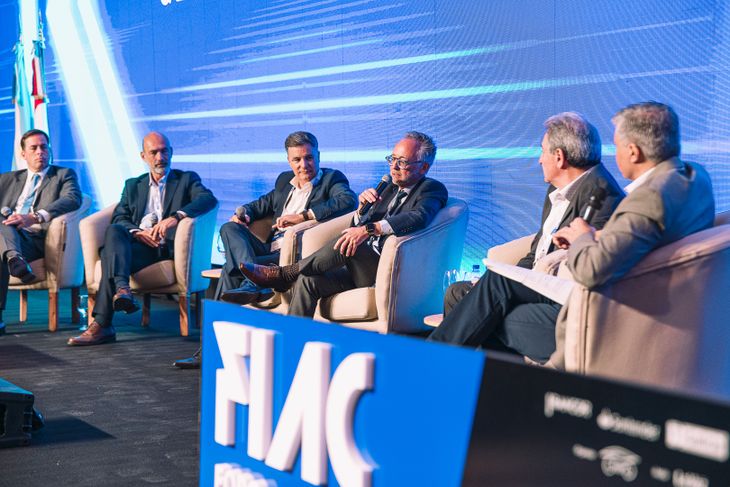
CEOs of automotive demanded a tax reform and improvements in infrastructure.
In that sense, they claimed a greater articulation with the State, both nationally and provincial. They stressed that no industrial development is possible without clear public policies, institutional accompaniment and a long -term shared vision. They celebrated the case of Córdoba as a province with a strong commitment to the sector, and highlighted that The dialogue with the different levels of government must be permanent and strategic.
Finally, the referents called for the current moment to make a qualitative leap. “It’s not romanticism, it’s future construction”they pointed. To achieve this, they insisted on the need for macroeconomic predictability, improvements in infrastructure, tax incentives and professional training, together with an ecosystem that allows the industry to adapt to the new global trends and compete in equal conditions with the great international players.
Source: Ambito
I’m a recent graduate of the University of Missouri with a degree in journalism. I started working as a news reporter for 24 Hours World about two years ago, and I’ve been writing articles ever since. My main focus is automotive news, but I’ve also written about politics, lifestyle, and entertainment.

